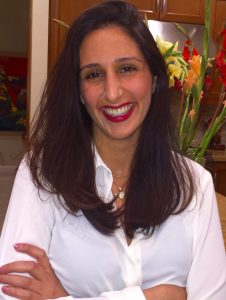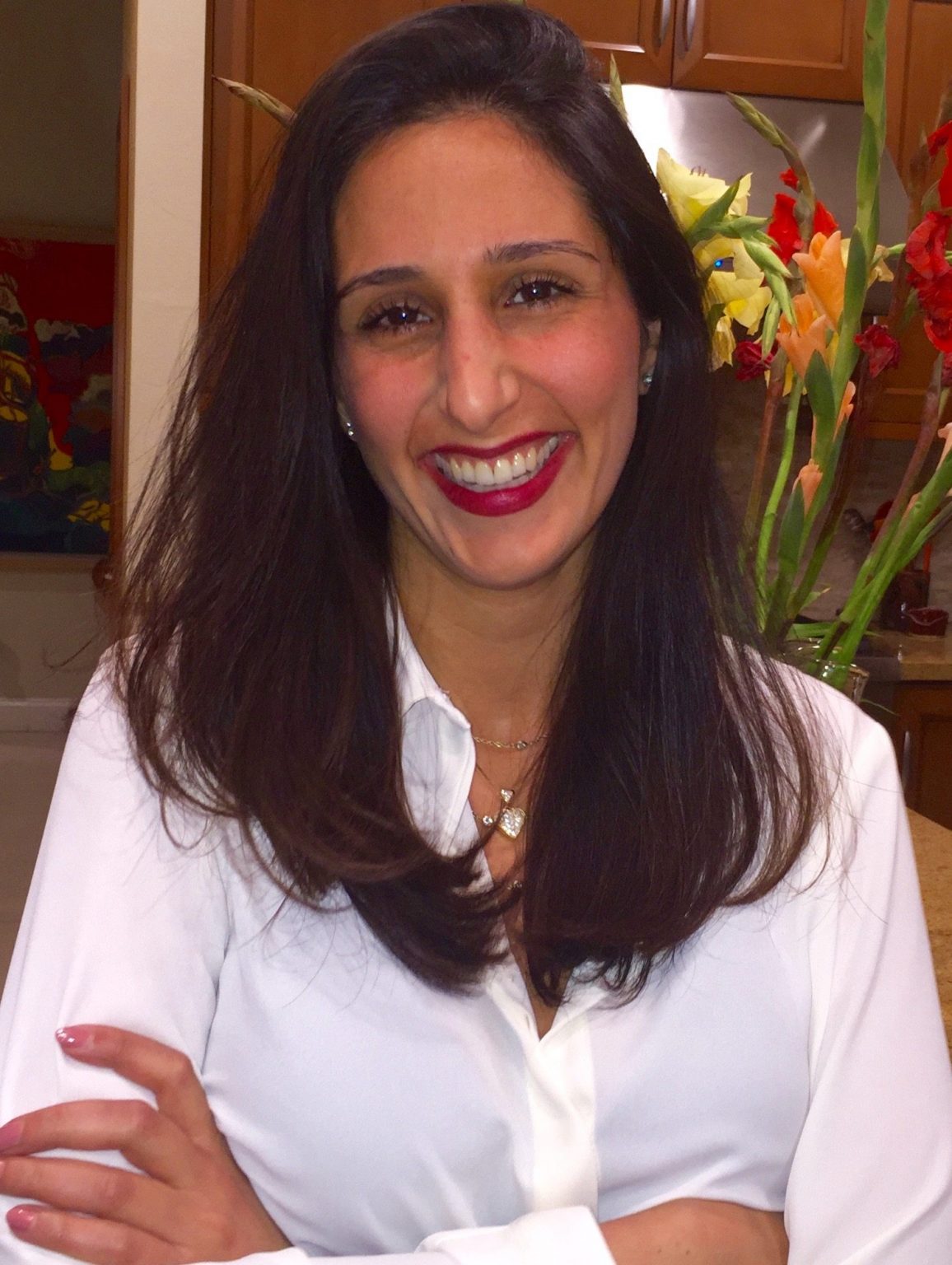 *originially published at she-media.tumblr.com
*originially published at she-media.tumblr.com
As I launched my company, I found myself being asked this question quite frequently. I have been actively promoting women in the film, television, and comics community for the past six months. It took me a while to fully understand what was motivating me (aside from the obvious fact that I am a woman), but I think I have finally come to a more complete definition of what I mean when I say the world needs more “Female-Driven Content.”
It is widely accepted that if a woman tells a story, it is inherently influenced by a female perspective, and therefore qualifies as female-driven content. But, as we know, filmmaking is a collaborative medium (almost all commercial artistic endeavors are nowadays), so one could argue that many of the decisions about a story written by or about women are informed by a female point-of-view, but not all (or even most in some cases).
If the story has a female heroine, one could argue that by definition it is a female-driven story. After all, storytellers and creators’ (of both genders) jobs are to understand their characters and subject matter to the best of their abilities. To say that a man cannot portray a woman accurately is akin to saying that Sean Penn should never have played the character of Sam Dawson in I Am Sam, nor should any actor lacking a developmental disability.
When I look around, I see many central female characters being portrayed in books, comics, films, TV and theater. To say that there is a “lack” of stories with female characters would be false. Yet the field of what narratives qualify as female-driven seems considerably narrower, so I had to keep thinking.
There is another term that I think gets thrown around quite loosely, and that is “strong female character” or “empowered woman.” From my experience, both empowered and disempowered women grapple with anxiety, fear, insecurity, indecision, etc. So, what do those terms mean exactly? Does a woman’s sense of empowerment correlate to her standing with the men in her society? Does an empowered woman need to be equal to a man? Smarter than a man? Regardless of how one answers such questions, none felt like the right questions to be asking.
It wasn’t until I read a book called Women Who Run with the Wolves by Clarissa Pinkola Estés, Ph.D., that I really began to understand that I had been looking at this issue in the wrong way. And I’m guessing that unless you were born to hippie parents who introduced you to this book or it was part of some required reading in a women’s studies class you took in college, you probably haven’t heard of it. It was a blessing that I stumbled across it by accident in a bookstore recently (Thank God for the Last Bookstore*).
In her book, Dr. Estés extrapolates what it means to be a woman, particularly a “wild woman,” a term she coined to describe all women and their relationship with their intuitive selves. When she released her book in 1992, she believed that there had been very little work done in the academic field to really understand the deeper issues that are important to women; their relationship with themselves, their relationships with their parents, spouses, children, sex and intimacy, and their connection to their bodies, their intuitive knowing, and even their creative fire.
“Creative fire?” This was something I had felt my entire life but had never put into words. Whether I was singing, painting, crafting or writing, I had always felt intense healing through the arts. To learn that there was an actual term for this, that this is a collective experience amongst women, has been exhilarating.
She goes on to say that “a woman’s issues of soul cannot be treated by carving her into a more acceptable form as defined by an unconscious culture, nor can she be bent into a more intellectually acceptable shape by those who claim to be the sole bearers of consciousness. No, that is what has already caused millions of women who began as strong and natural powers to become outsiders in their own cultures.”
I don’t know about you, but I’ve always felt slightly… crazy (I’m going to regret admitting this later). What Estés is saying here is profound; she is saying that I am not crazy. I am not alone. My wild nature is in direct contradiction to the culture that I have been brought up in.
Once we as women can fully understand and embrace our natural wild nature, we can begin to heal and construct systems within our society to better suit our natural way of being. There is no reason why a woman who wants to be a filmmaker must make the choice between family and career. That is a cruel choice. I do not want to digress, but I promise to speak more on that at a later date.
Estés says that “fairy tales, myths, and stories provide understandings which sharpen our sights so that we can pick up the path left by the wildish nature. The instruction found in story reassures us that the path has not run out, but still leads women deeper, and more deeply still, into their own knowing.”
If that doesn’t make you want to start telling more interesting stories about women, then I don’t know what does. It is through stories about women that we can empower women to reconnect with their knowing, with their truth. You know the statement, “Happy wife leads to a happy household.” How about “Happy women lead to a better society?” That is not such a big stretch.
So back to our big question–What is Female-Driven Content? To me, Female-Driven Content is content that inspires women to reconnect with their “wild woman,” with their intuitive self, and with their truth. As Estés writes, without the wild woman, women are “without ears to hear her soultalk or to register the chiming of her own inner rhythms.” Step out of the way Pablo Naruda.
Female-driven stories are stories about a woman’s “Shadow Nature.” Learning how to embrace her jealousy, stupidity, and making “the best relationships with the worst parts of oneself … Letting the pressure build between who one is taught to be and who one really is. Ultimately working toward letting the old self die and the new intuitive self be born.”
If Emet Entertainment is going to stand behind one thing, it’s going to be telling stories about women journeying towards regeneration, rebirth, self-love, emotional wellbeing, and finding their place in this world: the driver’s seat.

